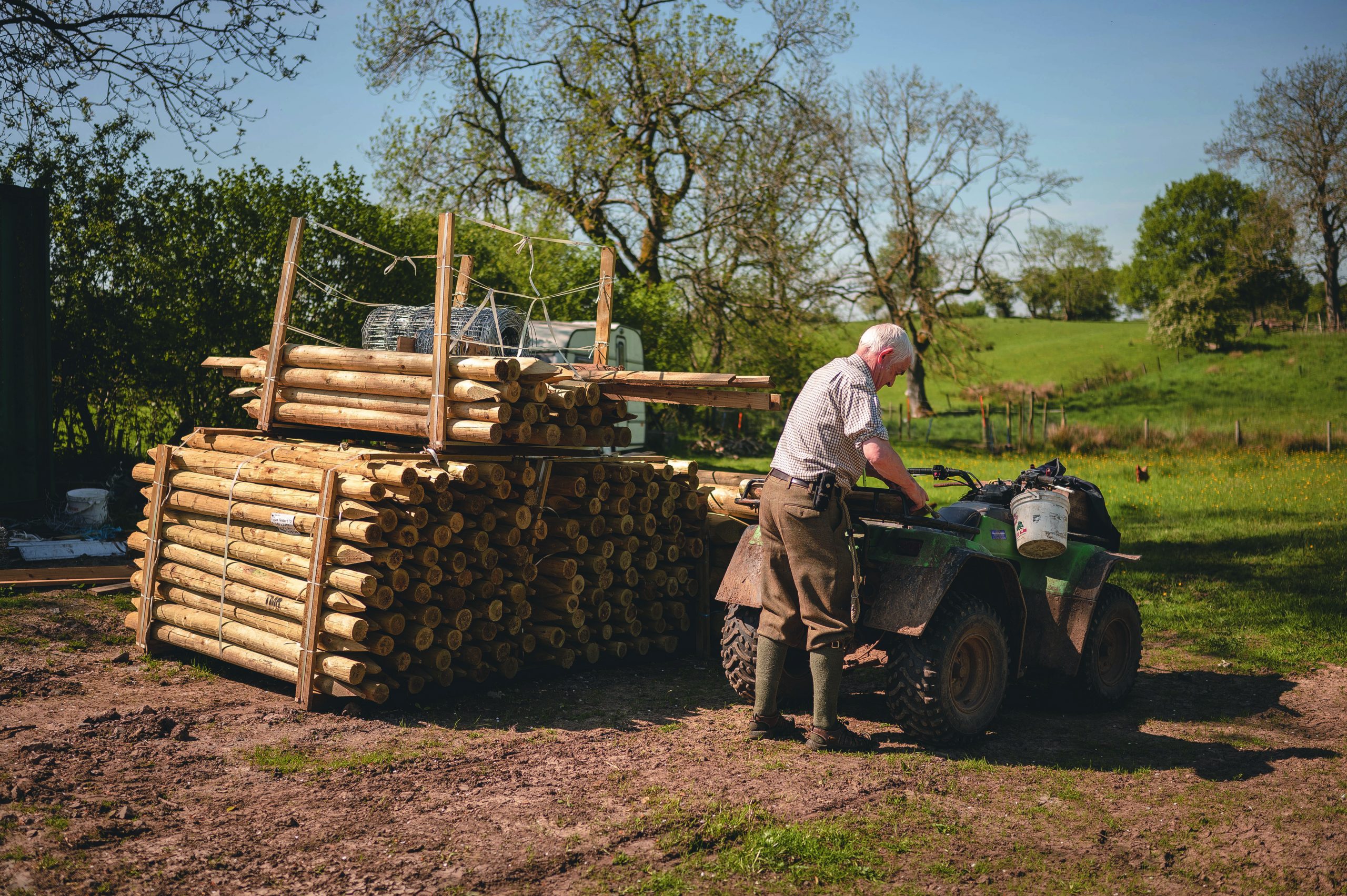Why shooting should use the biodiversity net gain rules
Funding for a range of conservation projects is increasingly available as part of biodiversity net gain rules and shooting should cash in on it

The concept of biodiversity net gain could help fund projects on shoots
The role I play in the countryside is a relatively diverse one. I am a land agent, a farmer’s son and I run a shoot. I am a conservationist, a tree planter, a fisherman and a deerstalker. I am a runner, finding great contentment padding along miles and miles of footpaths throughout the year. It is fair to say that I see the countryside and our landscape from a great number of angles.
I wear another cap, though. One that, in many respects, seems greatly at odds with the caps listed above. I am involved in development work that, in time, could result in scores and scores of acres ending up under houses, offices, roads and gardens. A shallow assessment would question how I can care so much about the greenery of the world around us while being a strong advocate of building and urban expansion.
What I am beginning to see, though, is how development and the countryside are becoming more and more tightly linked, and the opportunities that development provides are beginning to increase.
With climate change firmly on the Government agenda and increasingly at the forefront of public opinion, biodiversity net gain (BNG) is playing an important role in shaping and funding projects across the countryside. BNG is a requirement for developers to ensure that there is an overall increase in habitat creation as a result of the development taking place, sometimes incorporated within development land itself, but often offset on land nearby.
While minimum BNG requirements are often easy to achieve when developing environmentally barren arable land, developers are becoming increasingly aware that the social pressure of development means that, sometimes, the minimum requirements are not enough.
Passion
I think there is an increasing opportunity for shoots to play a part in this development process, with the knowledge, passion and access to land that are vital in planning and delivering genuinely beneficial change.
In order for developers to engage quickly and directly with those operating and managing land, it is important to have projects oven-ready to enable quick wins. Developers want to be able to demonstrate — generally with limited input on their part — that they are delivering a biodiversity benefit. So where a shoot has a conservation initiative or is looking to make large-scale change to its habitats or landscape, for example, developers could be interested in providing funding.
While you might think this funding is out of reach and unrealistic, development happens on a whole range of scales, not only large housing schemes, but also smaller ones, perhaps infill development in smaller villages.
I have often had shooting days bought up by housebuilders, so the opportunities might be quite a lot closer to home than you’d think.
Funding coming into a shoot that can pay for conservation initiatives and deliver change, without the red tape of Natural England, can be a huge enabler. The secondary benefits are also out there, notably in the emerging carbon markets. Not only can you tap into funding to pay for that new woodland or change in land use, but the carbon you lock up in the ground as a result of the management change can also be sold.
So if there is a project that you always thought was going to be out of reach or financially unavailable, it could now be a real possibility. Next time you have a housebuilder standing on one of your pegs, ask them about biodiversity net gain. It could just open up a door that you never knew was there.








